Two neutron stars smashing together may produce a form of matter not seen before. If that happens, simulations suggest there would be a signal in gravitational waves resulting from the collision.
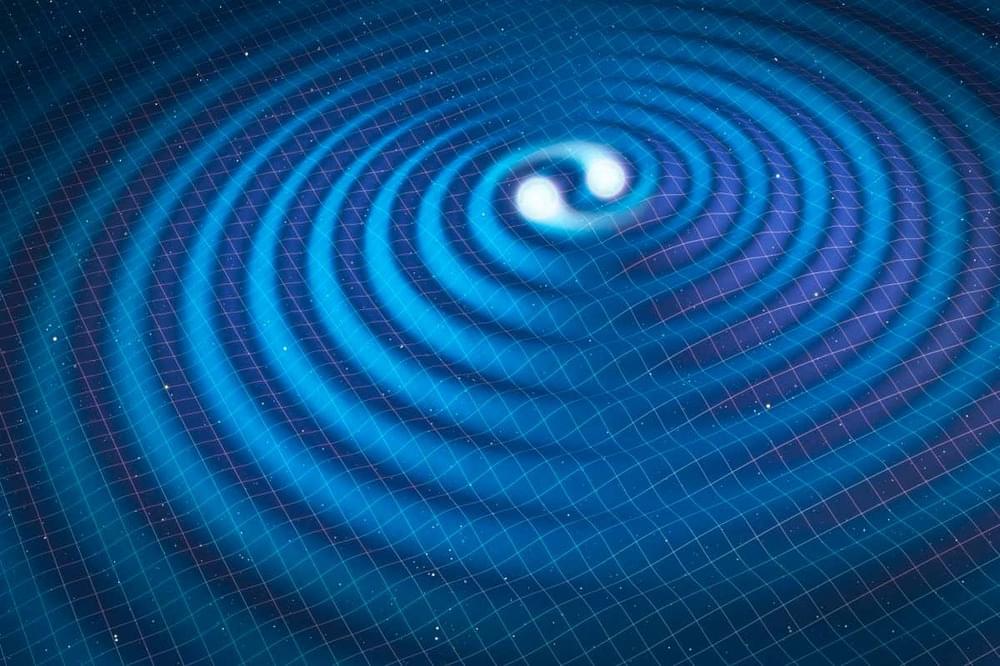


The scientists said their spacetime simulation “agrees very well with theory.”
A team of physicists used a “quantum field simulator” to simulate a tiny expanding universe made out of ultracold atoms, a report from VICE
Simulating spacetime.
Pixelparticle/iStock.
The scientists conducted the experiment to simulate the early rapid expansion of the universe following the Big Bang. Their work could lead to accurate representations of the universe in future experiments, allowing for the testing of countless models of the early evolution of the cosmos.
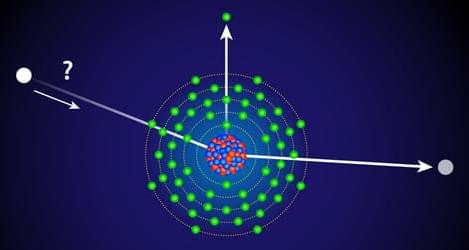
A tantalizing signal reported by the XENON1T dark matter experiment has sparked theorists to investigate explanations involving new physics.
On June 16, 2020, the collaboration running XENON1T—one of the world’s most sensitive dark matter detectors—reported a signal it couldn’t explain (see today’s accompanying article, Viewpoint: Dark Matter Detector Delivers Enigmatic Signal). The signal has yet to reach the “5-sigma” bar for discovery, and a mundane explanation could still be the culprit. But theorists have been quick to explore whether exotic particles or interactions might be involved. Physical Review Letters followed a special procedure to get a coherent expert review of the proposals it received. Now, the journal is publishing five papers that represent the breadth of theories being pursued.
All of the reported scenarios explain two aspects of the signal, which was produced in the huge vat of ultrapure xenon that makes up XENON1T’s detector. First, the signal looks like it came from particles that collided mostly with the xenon atoms’ electrons. And second, each of these interactions dumped a few keV into the atom.

Scientists used the IceCube Neutrino Observatory, a special telescope that extends for more than a mile under the Antarctic ice at the South Pole, to capture roughly 80 astrophysical neutrinos from a galaxy known as NGC 1,068, or Messier 77, which has an extremely active galactic core. The finding suggests that these active galaxies provide “a substantial contribution” to the abundance of astrophysical neutrinos, and therefore cosmic rays, that permeate through the universe, according to a study published on Thursday in Science.
“This is a very exciting result because for the first time, we actually understand that astrophysical neutrinos can be related to this very special type of galaxy,” said Theo Glauch, an experimental physicist at the Technical University of Munich and a co-author of the new study, in a call with Motherboard. “We physicists call them active galaxies because they’re very different from, for example, our Milky Way.”
Unlike our own galaxy, which is currently dormant, NGC 1,068 contains “an extremely bright environment which we can only study in neutrinos,” Glauch added. “Neutrinos are the only particles that can directly escape from the processes that drive this extremely high luminosity in the core of those galaxies.”

After several years of developing the theoretical ideas, University of Illinois Urbana-Champaign researchers have validated multiple novel predictions about the fundamental mechanism of transport of atoms and molecules (penetrants) in chemically complex molecular and polymer liquid matrices.
The study from Materials Science and Engineering (MatSE) Professor Ken Schweizer and Dr. Baicheng Mei, published recently in Proceedings of the National Academy of Sciences (PNAS), extended the theory and tested it against a large amount of experimental data. MatSE Associate Professor Chris Evans and graduate student Grant Sheridan collaborated on this research by providing additional experimental measurements.
“We developed an advanced, state-of-the art theory to predict how molecules move through complex media, especially in polymer liquids,” Schweizer said. “The theory abstracted what the important features are of the chemically complex molecules and of the polymeric medium that they’re moving through that control their rate of transport.”
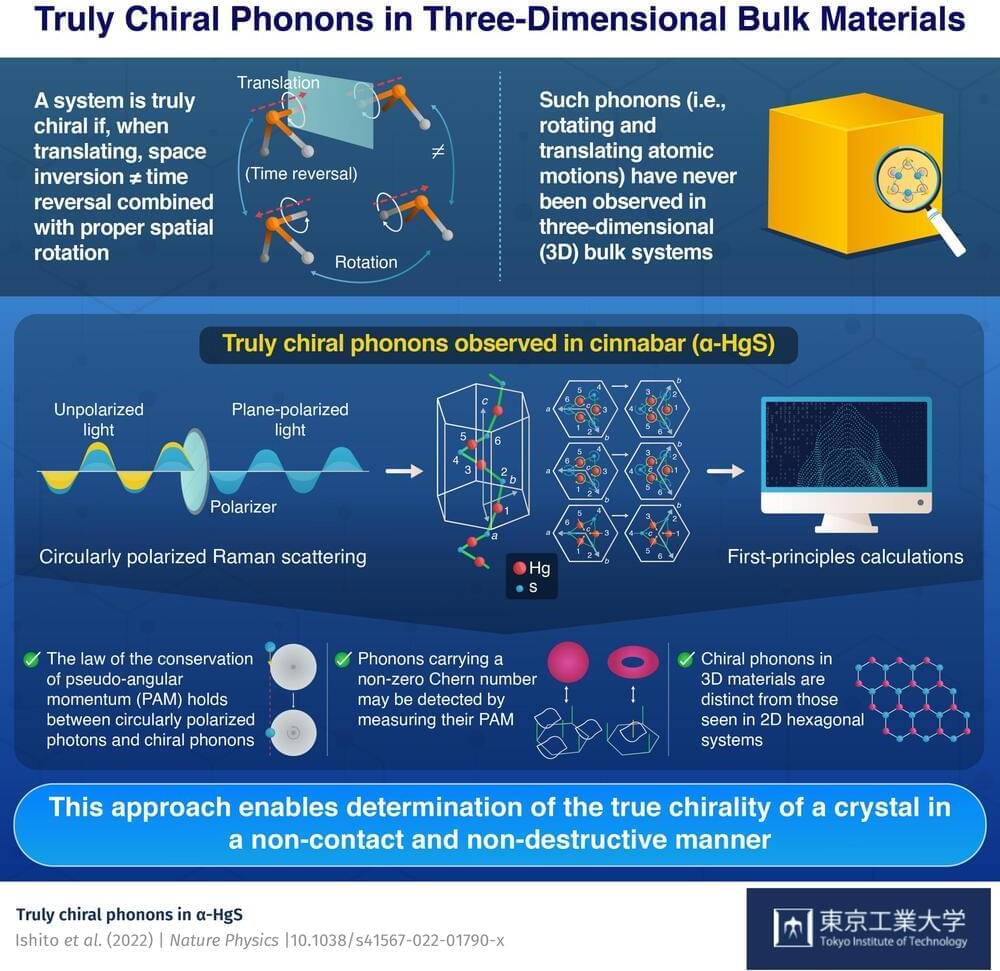
Chirality is the breaking of reflection and inversion symmetries. Simply put, it is when an object’s mirror images cannot be superimposed over each other. A common example are your two hands—while mirror images of each other, they can never overlap. Chirality appears at all levels in nature and is ubiquitous.
In addition to static chirality, chirality can also occur due to dynamic motion including rotation. With this in mind, we can distinguish true and false chirality. A system is truly chiral if—when translating—space inversion does not equate to time reversal combined with a proper spatial rotation.
Phonons are quanta (or small packets) of energy associated with the vibration of atoms in a crystal lattice. Recently, phonons with chiral properties have been theorized and experimentally discovered in two-dimensional (2D) materials such as tungsten diselenide. The discovered chiral phonons are rotating—yet not propagating—atomic motions. But, truly chiral phonons would be atomic motions that are both rotating and propagating, and these have never been observed in three-dimensional (3D) bulk systems.
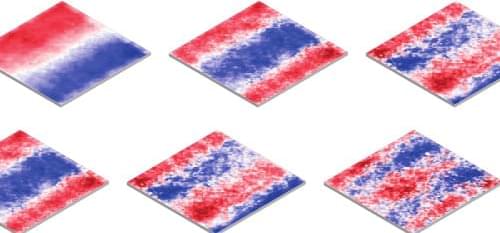
The observation of the onset of turbulence in a gas of bosons allows researchers to explore how turbulence comes to life.
Despite over a century of trying, physicists have yet to develop a complete theory of turbulence—the complex, chaotic motion of a fluid. Now Maciej Gałka of the University of Cambridge and colleagues have taken a step in that direction by witnessing the onset of turbulence in a quantum gas and observing its evolution over roughly 100 ms [1]. The finding could help scientists answer open questions in turbulence, which is observed in systems ranging from ocean waves to star interiors.

An analogue of a tiny, expanding universe has been created out of extremely cold potassium atoms. It could be used to help us understand cosmic phenomena that are exceedingly difficult to directly detect, such as pairs of particles that may be created out of empty space as the universe expands.
Markus Oberthaler at Heidelberg University in Germany and his colleagues cooled more than 20,000 potassium atoms in a vacuum, using lasers to slow them down and lower their temperature to about 60 nanokelvin, or 60 billionths of a degree kelvin above absolute zero.
At this temperature, the atoms formed a cloud about the width of a human hair and, instead of freezing, they became a quantum, fluid-like phase of matter called a Bose-Einstein condensate. Atoms in this phase can be controlled by shining light on them – using a tiny projector, the researchers precisely set the atoms’ density, arrangement in space and the forces they exert on each other.
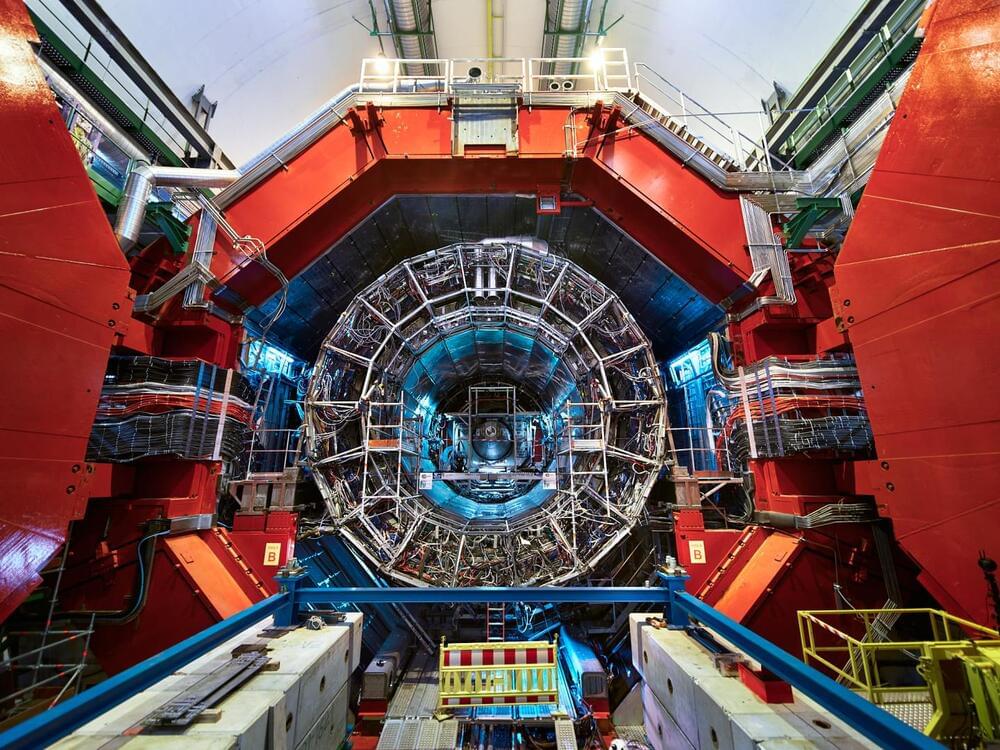
Quantum chromodynamics (QCD) is one of the pillars of the Standard Model of particle physics. It describes the strong interaction – one of the four fundamental forces of nature. This force holds quarks and gluons – collectively known as partons – together in hadrons such as the proton, and protons and neutrons together in atomic nuclei. Two hallmarks of QCD are chiral symmetry breaking and asymptotic freedom. Chiral symmetry breaking explains how quarks generate the masses of hadrons and therefore the vast majority of visible mass in the universe. Asymptotic freedom states that the strong force between quarks and gluons decreases with increasing energy. The discovery of these two QCD effects garnered two Nobel prizes in physics, in 2008 and 2004, respectively.
High-energy collisions of lead nuclei at the Large Hadron Collider (LHC) explore QCD under the most extreme conditions on Earth. These heavy-ion collisions recreate the quark–gluon plasma (QGP): the hottest and densest fluid ever studied in the laboratory. In contrast to normal nuclear matter, the QGP is a state where quarks and gluons are not confined inside hadrons. It is speculated that the universe was in a QGP state around one millionth of a second after the Big Bang.
The ALICE experiment was designed to study the QGP at LHC energies. It was operated during LHC Runs 1 and 2, and has carried out a broad range of measurements to characterise the QGP and to study several other aspects of the strong interaction. In a recent review, highlights of which are described below, the ALICE collaboration takes stock of its first decade of QCD studies at the LHC. The results from these studies include a suite of observables that reveal a complex evolution of the near-perfect QGP liquid that emerges in high-temperature QCD. ALICE measurements also demonstrate that charm quarks equilibrate extremely quickly within this liquid, and are able to regenerate QGP-melted “charmonium” particle states. ALICE has extensively mapped the QGP opaqueness with high-energy probes, and has directly observed the QCD dead-cone effect in proton–proton collisions. Surprising QGP-like signatures have also been observed in rare proton–proton and proton–lead collisions.
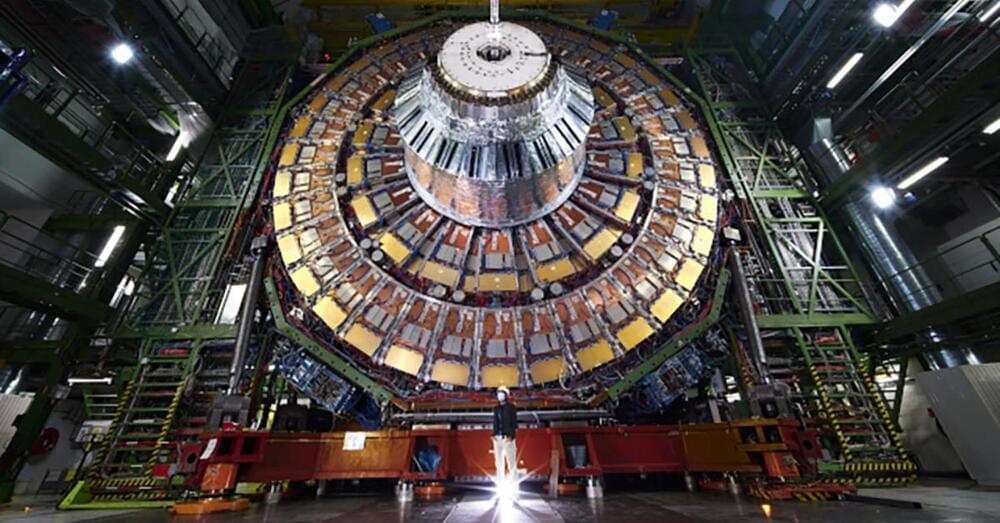
The Large Hadron Collider is one of the most important scientific instruments in the world — and also one of the biggest humans have ever built.
The Large Hadron Collider is the world’s most powerful particle accelerator, situated along the border between Switzerland and France, just outside the Swiss city of Geneva. Still, that description doesn’t quite do it justice.
It is also one of the largest scientific instruments ever built; the result of a decade of collaboration between over 100 countries, hundreds of universities and scientific institutes, and more than 10,000 scientists and researchers.